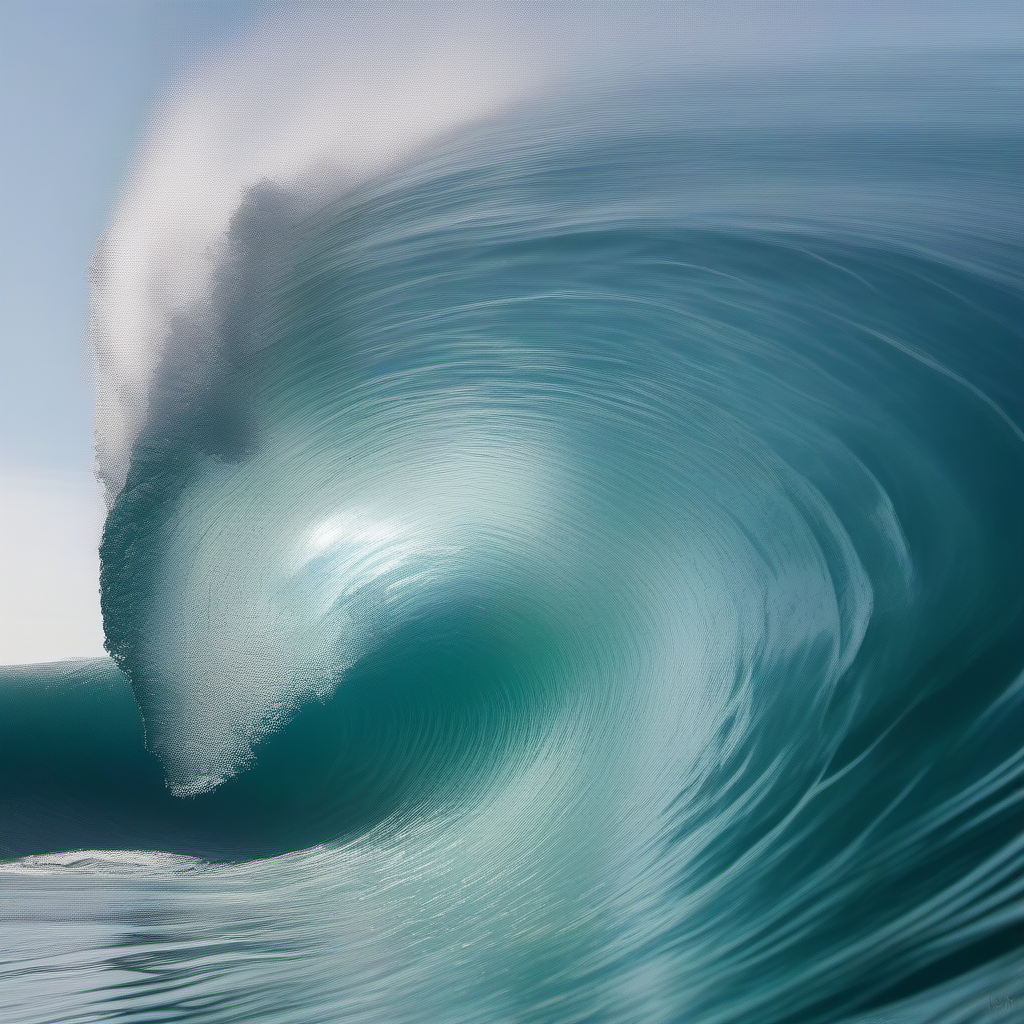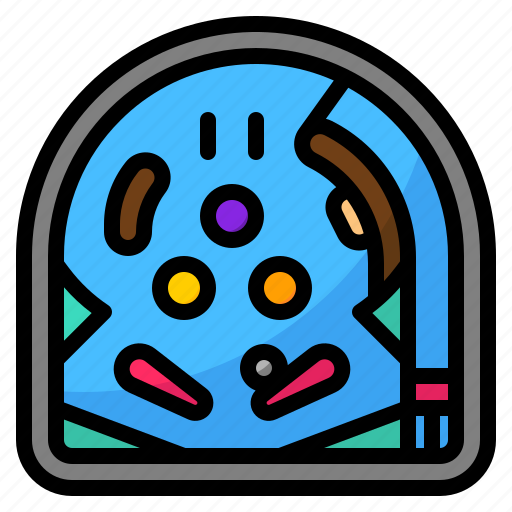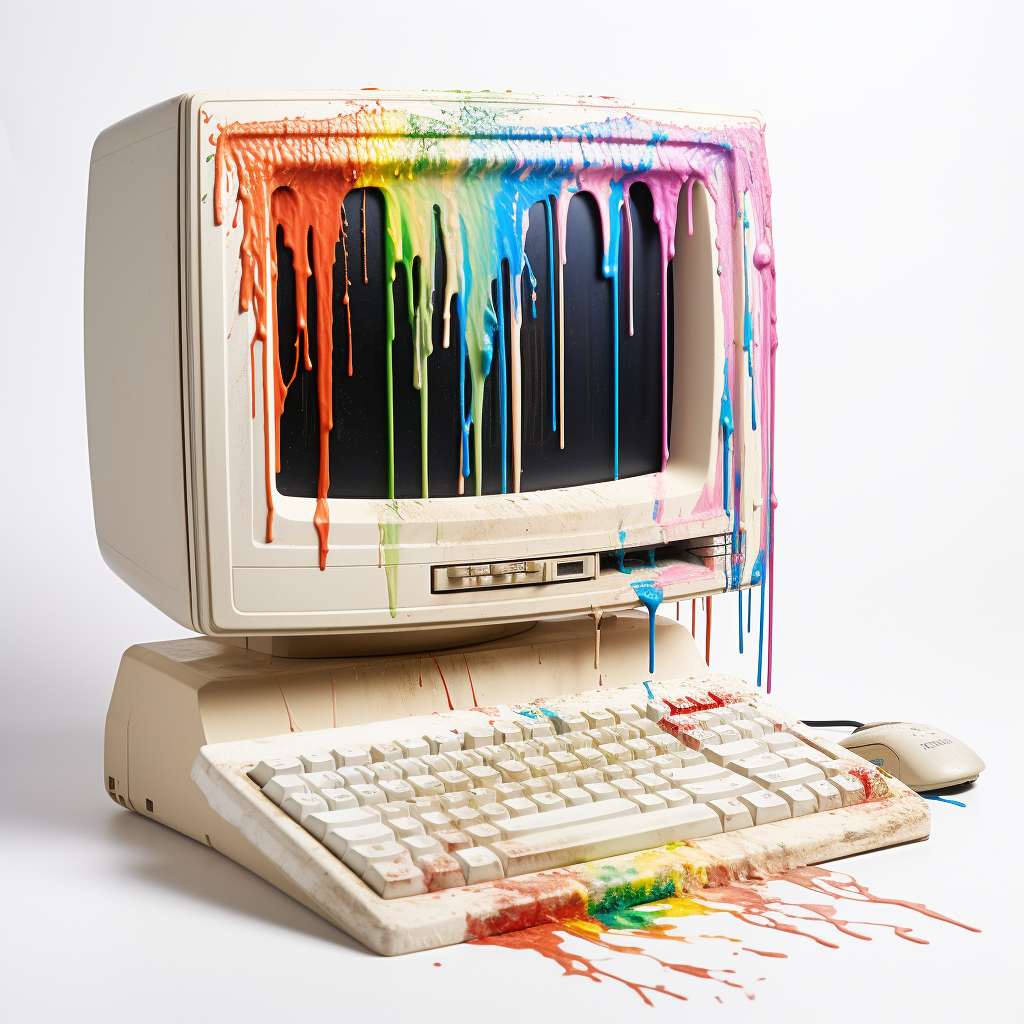Also, when you talk about fsck, what could be good options for this to check the drive?
I’ve never used proxmox, so I can’t advise how to do so via the UI it provides. As a general Linux approach, though, if you’re copying from a source Linux filesystem, it should be possible to unmount it — or boot from a live boot Linux CD, if that filesystem is required to run the system — and then just run fsck /dev/sda1 or whatever the filesystem device is.







From my /etc/resolv.conf on Debian trixie, which isn’t using openresolv:
I mean, if you want to just write a static resolv.conf, I don’t think that you normally need to have it flagged immutable. You just put the text file you want in place of the symlink.